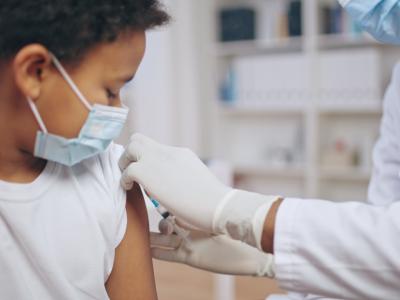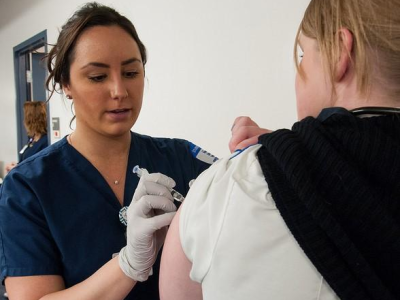In a statement today, the head of the World Health Organization (WHO) European office said data from countries in the region with strong genomic surveillance show a small but growing presence of XBB.1.5, the Omicron SARS-CoV-2 subvariant that has grown rapidly in the northeastern United States.
Hans Henri Kluge, MD, MPH, who directs the WHO's European office, said officials are working to assess the impact. He commended Denmark, France, Germany, and the United Kingdom for their genomic surveillance efforts, and he urged other countries to step up their own surveillance.
He said variant information submitted to the WHO and the European Centre for Disease Prevention and Control (ECDC) dropped dramatically between the beginning and the end of 2022. "Such a threat could come from a new variant of concern anywhere, anytime—including right here in Europe and central Asia," Kluge said.
The WHO European office agrees with the ECDC that China's surge isn't currently expected to significantly impact the COVID-19 epidemiologic picture in Europe. However, he said detailed and regular information from China, including local and variant information, is needed to better assess the evolving situation.
WHO to talk to Chinese officials
In a related development, at a WHO live social media Q and A session today, Mike Ryan, MD, who leads the WHO's health emergencies program, said WHO officials are slated to have follow-up talks tomorrow with Chinese health officials. And Maria Van Kerkhove, PhD, the WHO's technical lead for COVID-19, said the WHO will update its variant assessments tomorrow.
Meanwhile, WHO spokesperson Carla Drysdale told reporters at a briefing in Geneva today that the WHO's COVID-19 emergency committee will meet again on Jan 27, according to Reuters. WHO emergency committees typically meet every 3 months or more often as needed to discuss the latest developments and whether the situation still warrants a public health emergency of international concern. The group last met in mid-October.











